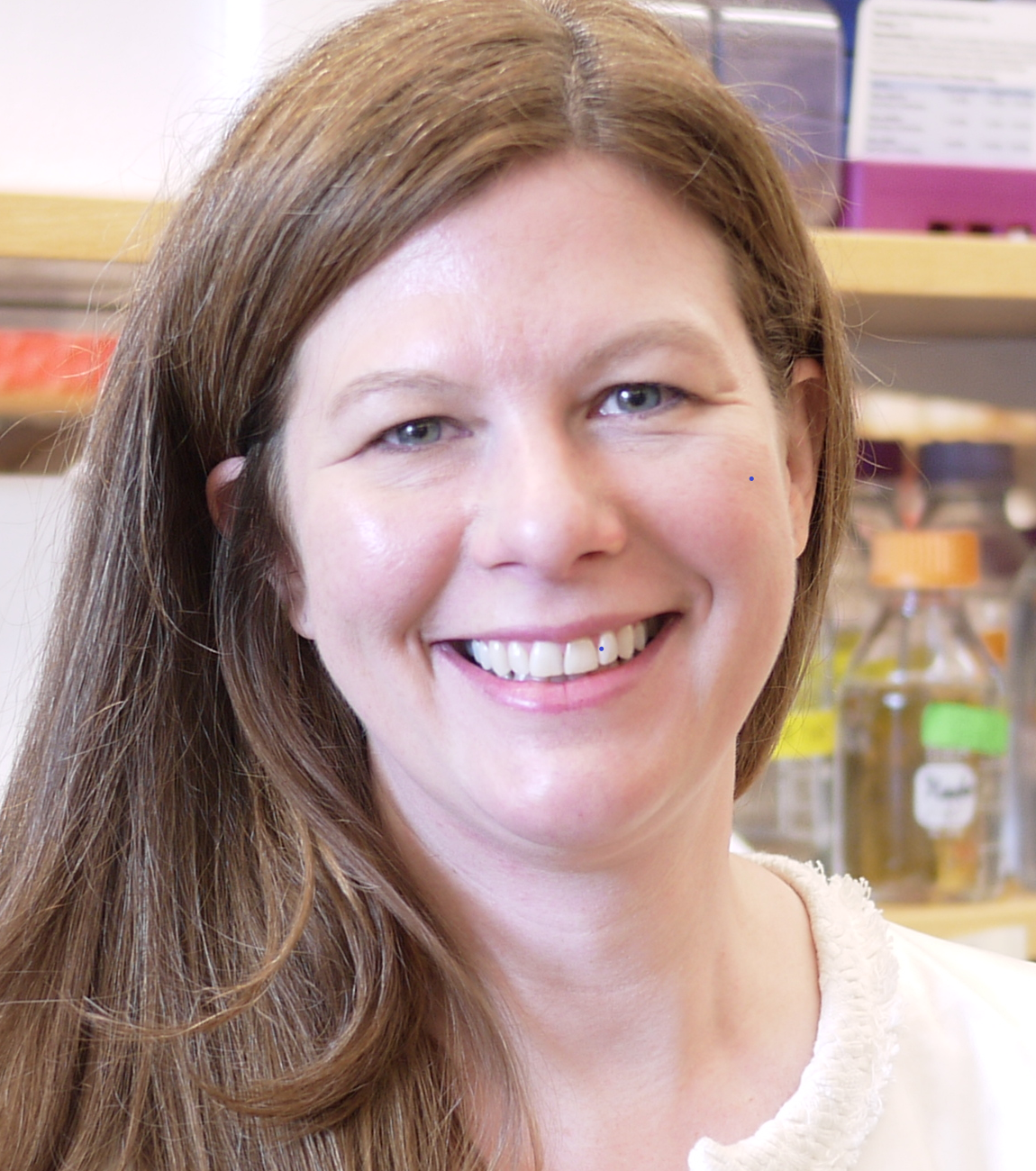
Stirling Churchman
Harvard Medical School
New Research Building, Room 356
77 Ave. Louis Pasteur
Boston , MA 02115
Tel: 617-432-1917
Email: churchman@genetics.med.harvard.edu
Website:
http://churchman.med.harvard.edu/
Lab Size: Between 5 and 10
Summary
Diverse control mechanisms converge to ensure that gene transcripts are expressed and processed accurately. Dissection of these interactions has proven challenging, because most experimental approaches record downstream products fed by multiple pathways – for example, mature mRNA as the combined product of transcription and splicing.
The Churchman lab enables direct mechanistic insights into fundamental biological processes by developing and applying quantitative approaches that create high-resolution views of genome function. Our group has developed methods for genome-scale, high-precision measurement of Pol II transcription in yeast and mammalian cells (Churchman and Weissman, Nature 2011; Mayer et al., Cell 2015). These approaches have enabled fundamental insights into many aspects of eukaryotic transcriptional control, such as transcriptional pausing, and they bridge the divide between the wealth of in vitro biophysical studies and in vivo genomics.
Aside from eukaryotic transcription regulation, we are interested in the mechanisms that couple gene expression processes, with two current areas of focus: 1) the coupling of transcription elongation with co-transcriptional processes, particularly splicing; and 2) the coordination of mitochondrial and nuclear gene expression in the assembly of oxidative phosphorylation complexes. By determining the molecular mechanisms that control transcription and couple gene expression processes, we aim to open new vistas on potential therapeutic strategies for correcting the defects in splicing dysfunction and energy production that are increasingly recognized as drivers of disease states.
Publications
Mayer A., di Iulio, J., Maleri, S., Eser U., Vierstra, J., Reynolds, A., Sandstrom R., Stamatoyannopoulos J.A., Churchman, L.S. (2015). Native elongating transcript sequencing reveals human transcriptional activity at nucleotide resolution, Cell 161(3), 541-554.
Churchman, L.S., and Weissman, J.S. (2011). Nascent transcript sequencing visualizes transcription at nucleotide resolution. Nature 469, 368–373.
Bassik, M. C., Lebbink, R. J., Churchman, L. S., Ingolia, N. T., Patena, W., LeProust, E. M., Schuldiner, M., Weissman, J. S., and McManus, M. T. (2009). Rapid creation and quantitative monitoring of high coverage shRNA libraries. Nat Methods 6, 443-445.
Mortensen, K. I.*, Churchman, L. S.*, Spudich, J. A., and Flyvbjerg, H. (2010). Optimized localization analysis for single-molecule tracking and super-resolution microscopy. Nat Methods 7, 377-381.
Churchman, L. S., and Weissman, J. S. (2009). Nascent transcript sequencing visualizes transcription at nucleotide resolution. Nature 461, 186-192.
Terzi, N., Churchman, L. S., Vasiljeva, L., Weissman, J., and Buratowski, S. (2011). H3K4 trimethylation by Set1 promotes efficient termination by the Nrd1-Nab3-Sen1 pathway. Mol Cell Biol (in press)
